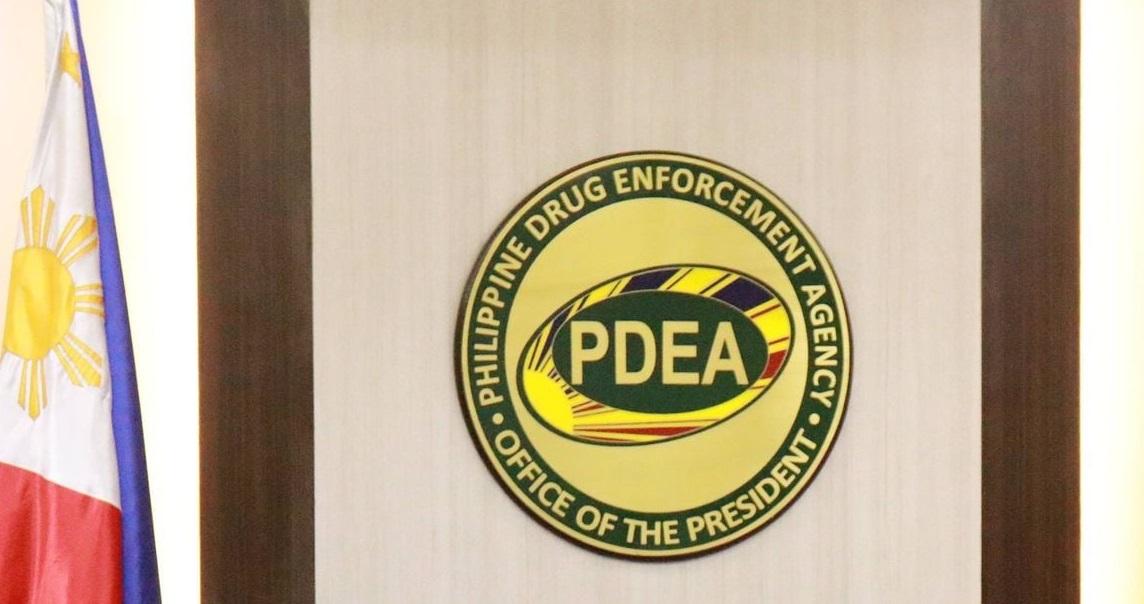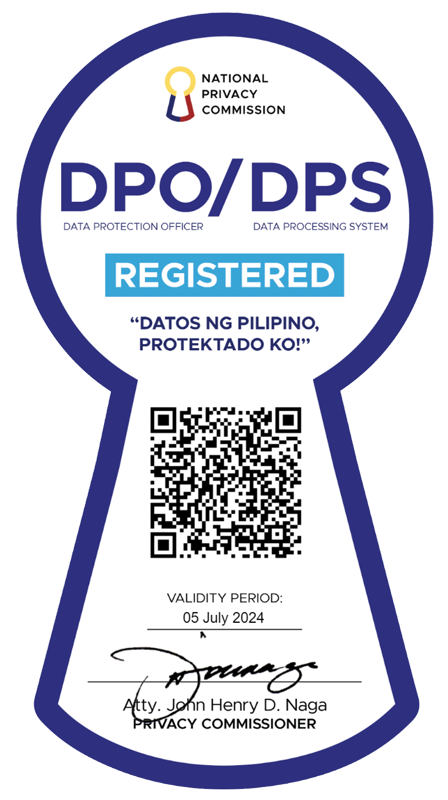Nearly 30,000 barangays cleared from illegal drugs — PDEA

There are nearly 30,000 out of 42,045 barangays that have been cleared of illegal drugs, according to the Philippine Drug Enforcement Agency (PDEA) on Thursday.
“Sa ngayon po, Asec., ang total number of drug cleared barangays ay 29,390 so malaking numero po ito dahil ang natitira na lang po na drug affected barangays ay 6,113,” said PDEA spokesperson Joseph Frederick Calulut at the Bagong Pilipinas Ngayon forum.
(Right now, the total number of drug cleared barangays is at 29,390. So this is a big number as there are only 6,113 drug-affected barangays left.)
“Iba-ibang lugar po kasi ito eh, iyong 6,113 – this is scattered around the country so hindi lang po limited sa iisang province po ito,” he added.
(The 6,113 barangays are scattered around the country. So these are not just limited to one province.)
PDEA also said that methamphetamine or shabu is the most common illegal drug that enforcers seize during operations.
“Based on our data po, shabu is the most prevalent drug na ginagamit po rito sa atin. At saka base rin ho sa mga datos ng ating mga confiscation, shabu rin ho iyong karamihan ho na ating nakukumpiska doon sa ating mga buy bust operations and search warrant . Pumapangalawa na ho itong marijuana,” said Calulut.
(Based on our data, shabu is the most prevalent drug being used in the country. Our records also show that shabu is the most common drug that we confiscate in buy bust operations and search warrants. Marijuana comes second.)
He noted that the country’s vast coastline makes it vulnerable for the entry of shabu.
“We have a very vast coastline so hindi po kayang bantayan po ang buong coastline po ng Pilipinas para masugpo iyong pagpasok po ng iligal na droga,” said Calulut.
(We have a very vast coastline, so it’s impossible to secure the whole coastline of the Philippines just to prevent the entry of illegal drugs.)
The PDEA official added that marijuana is prevalent in other provinces due to the presence of plantations.
“Doon po nagtatanim ng marijuana na iyan naman po ang inilalabas doon sa—halimbawa po Cordilleras, marami ho tayong mga marijuana plantation sites doon. From the Cordilleras, iyan po ang nilalabas sa Cordillera – it will be brought to the NCR or/and other provinces like Region VI-A po,” said Calulut.
(For example, in the Cordilleras, there are several marijuana plantation sites there. From the Cordilleras, it will be brought to the NCR or/and other provinces like Region IV-A.)
Human rights
Moreover, PDEA pointed out that the anti-illegal drug operations under the administration of President Ferdinand Marcos Jr. are “human-rights based.”
“So, doon sa ating programa ngayon, makikita po natin na mas marami ho tayong demand reduction na ginagawa. Ano ho itong demand reduction? Ito po iyong preventive measures na ginagawa po ng ahensiya para iyong mga mamamayan ay lumihis sa paggamit po ng iligal na droga,” said Calulut.
(In our program, we have many demand reduction efforts being done. These are preventive measures to discourage the public from using illegal drugs.)
He added that body-worn cameras during operations are a must to ensure proper procedures.
The country’s anti-illegal drug operations have been tainted with criticisms due to the extrajudicial killings recorded in the previous administration of Rodrigo Duterte.
During Duterte’s presidency, there were over 6,000 drug suspects per government’s record. But human rights groups believe that the tally could be at around 30,000 due to unreported incidents. — RSJ, GMA Integrated News

Need a wellness break? Sign up for The Boost!
Stay up-to-date with the latest health and wellness reads.
Please enter a valid email address
Your email is safe with us






